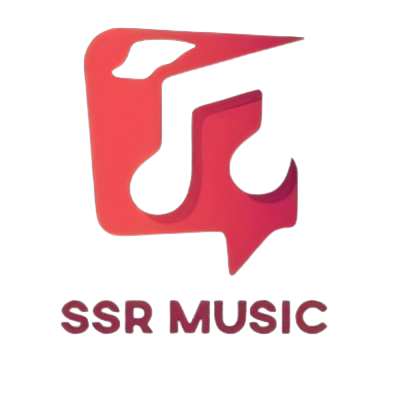
Table of Contents
Reading music notes for beginners
With the help of this thorough tutorial, learn how to read music notation step-by-step. Recognize the staff, clefs, length of notes, time signature, key signature, reading rhythm, and other concepts. Gaining proficiency in reading music notation may lead to a plethora of musical opportunities. Take the first step toward learning to read and perform music notation now!

Reading Music notes and names
Anyone who wants to play an instrument or pursue a profession in music has to be able to read music notation. Accurately interpreting and performing music requires the ability to read music notation, regardless of prior musical experience. We’ll take you step-by-step through the process of reading music notes in this extensive guide.
1. The Staff
The staff serves as written music’s cornerstone. Musical notes are arranged in four places between the five horizontal lines that make up the design. We can recognize and play the appropriate notes since each line and space denotes a distinct pitch.
2. The Clefs
To denote the pitch of the notes, clefs are symbols that are positioned at the beginning of the staff. The treble clef (G clef) and bass clef (F clef) are the two most used clefs. For instruments with higher pitches, such as the piano, violin, and flute, use the treble clef; for instruments with lower pitches, such as the cello, bass guitar, and tuba, use the bass clef.
3. Note Names
Oval symbols are used to indicate notes, and they are positioned on the staff’s lines and gaps. Every note has a special name that matches its respective pitch. The seven letter names—A, B, C, D, E, F, and G—are the most fundamental notes. As you go up or down the staff, these notes continue to repeat in unbroken succession.
4. Note Duration
Notes possess not just pitch but also duration or length. There are several note symbols that represent this, including whole, half, quarter, and eighth notes. The length of time a note should be held or played is determined by the number of beats that make up its duration.
5. Time Signature
A time signature is a symbol that is used at the start of a piece of music to represent how many beats there are in each measure and what kind of note gets one beat. Four beats per measure, with one beat each quarter note, is the most widely used time signature, or common time (4/4).
6. Key Signature
To identify the key or tonality of the music, a group of sharps or flats is inserted at the beginning of each staff line. This is known as the key signature. Throughout the composition, the key signature has an impact on note pitch, thus it’s critical to pay attention to these symbols in order to play the right notes.
7. Reading Rhythm
In music, rhythm refers to the arrangement of sounds and silences. You must comprehend note lengths, pauses, and time signatures in order to read rhythm. You may precisely analyze a piece’s rhythm and perform it with the appropriate time and intensity by mixing these aspects.
8. Practice and Familiarization
With familiarity and experience, reading music notation becomes more proficient. Prioritize mastering fundamental concepts like note names and durations before advancing to increasingly intricate rhythms and musical compositions. Learning to read and understand music notation via consistent practice and exposure to a variety of musical genres will improve your skills.
Recall that studying music notation is similar to picking up a new language. Becoming skilled needs time, patience, and constant work. You may become proficient at reading music notation and open up a world of musical opportunities by practicing and adhering to these instructions.
Now take out your instrument, open a piece of music, and start learning how to read and play notes on an instrument. Cheers to your practice!
Check out this blog related to this blog
Check our featured blog
What do you do in music education?
Can AI Replace Human Musicians? Exploring the Future of Music Creation
Can AI replace human artists? Artificial intelligence in music Can AI Replace Human Musicians? Introduction Artificial intelligence in music (AI) is swiftly changing multiple industries, and the music sector is no different. The incorporation of AI into music production, songwriting, and live performance has opened the door to inventive practices and technologies that question conventional…
How to Use Vocal Compressor?
How to Use Vocal Compressor? Vocal compression is an important step in music production for creating a refined sound. This article covers everything from how to set up your compressor and dial in the optimum settings to advanced techniques like as parallel and side-chain compression. Learn how to control dynamic range, establish voice presence, and…
Difference Between Home Studio and Professional Studio
Difference Between Home Studio and Professional Studio Discover the fundamental distinctions between home and professional audio production facilities. Learn about each type of studio’s equipment, technology, and expenses, as well as the benefits and drawbacks. Whether you’re a hobbyist or a professional, this guide will help you select the best configuration for your requirements. Introduction…

Leave a Reply